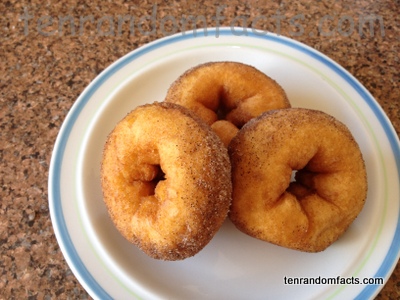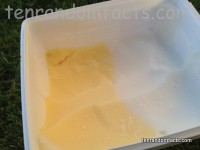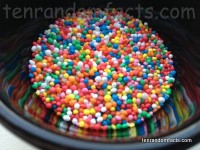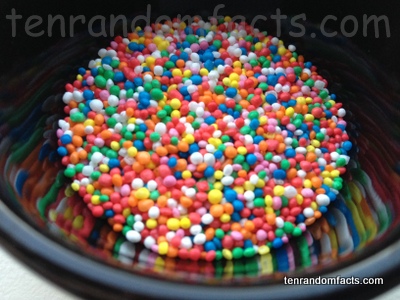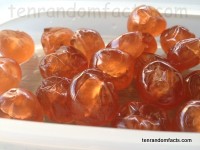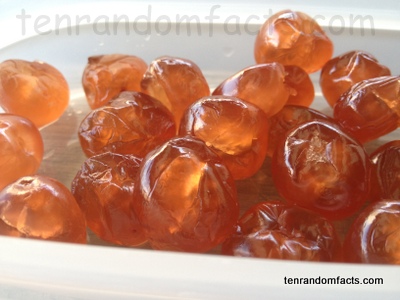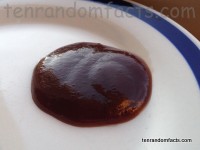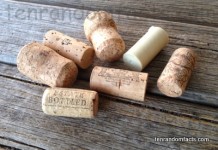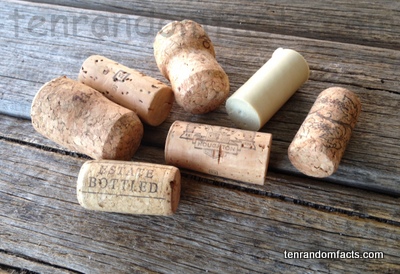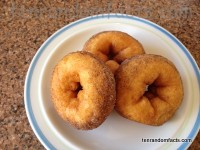
Doughnuts are delicious delicacies.
- Doughnuts are also known as ‘donuts’, and are edible food items that are flour based and are traditionally a round shape.
- Doughnuts can be made from a cake-style dough, or a yeast-like dough, and are typically eaten as a dessert or sweet food, often as a snack.
- Doughnuts are primarily made of a deep fried dough mixture that typically uses wheat flour and a combination of other ingredients, like eggs, milk, sugar, oil, and sometimes yeast.
- Doughnuts often contain up to 20 to 25% oil, and are typically covered with a sweet flavouring such as icing or glaze, chocolate, syrup, or sugar that sometimes has cinnamon added.
- Doughnuts are most often disc shaped, with or without a hole, although shapes can vary, and the hole is said to have been introduced so that the doughnuts cook more evenly and one is not left with a doughy centre.
- Doughnuts without holes often contain a filling such as custard, a sweet condiment like jam and/or cream, although sometimes a savoury filling is used.
- The ‘holes’ of doughnuts, typically cut by a puncher, may be coated and sold commercially, however they are often made from small balls of dough to look like ‘holes’.
- Fried dough mixtures similar to doughnuts originated in both Ancient American and Eurasian societies; while modern versions are often said to have been based on the Dutch ‘oliekoeken’ (oil cake).
- The first known printed doughnut recipe is from 1803, and those with holes are often said to have been invented by American sailor or captain, Hanson Gregory in 1847, although there are various versions of the story, and the truth of the matter is not known.
- America’s Canada is the largest doughnut consumer in the world, and they have the most commercial outlets for the snack, per person.
Bibliography:
Chavey E, Doughnuts: A definitive history, 2014, Mr Breakfast, http://www.mrbreakfast.com/article.asp?articleid=8
Doughnut, 2014, Wikipedia, http://en.wikipedia.org/wiki/Doughnut
The History of Doughnuts, 2011, Toriavey, http://toriavey.com/history-kitchen/2011/06/the-history-of-doughnuts/




